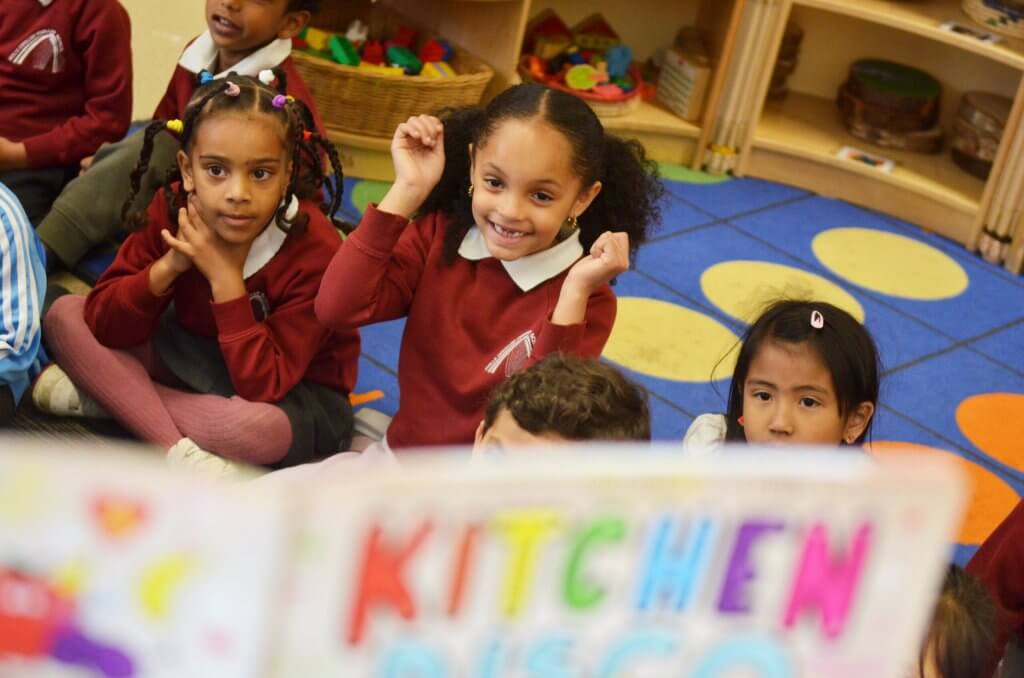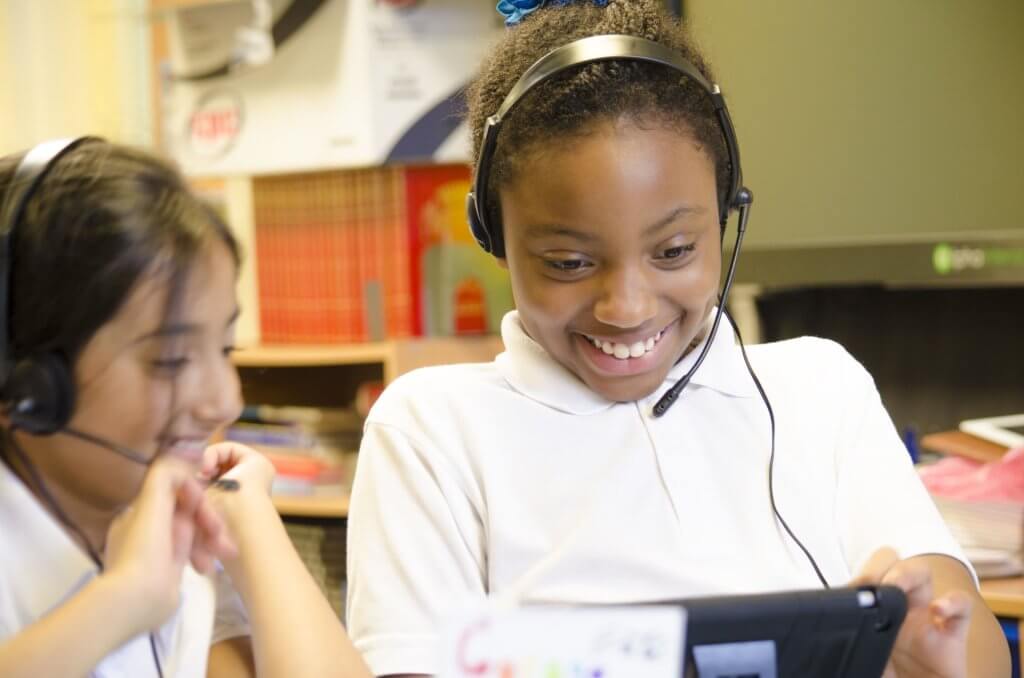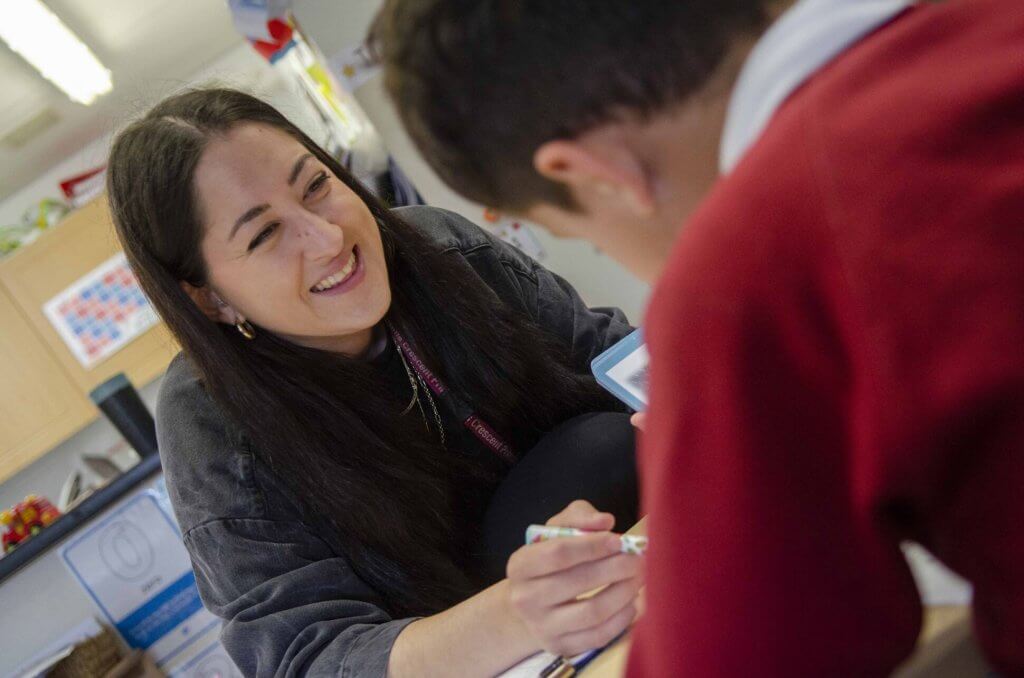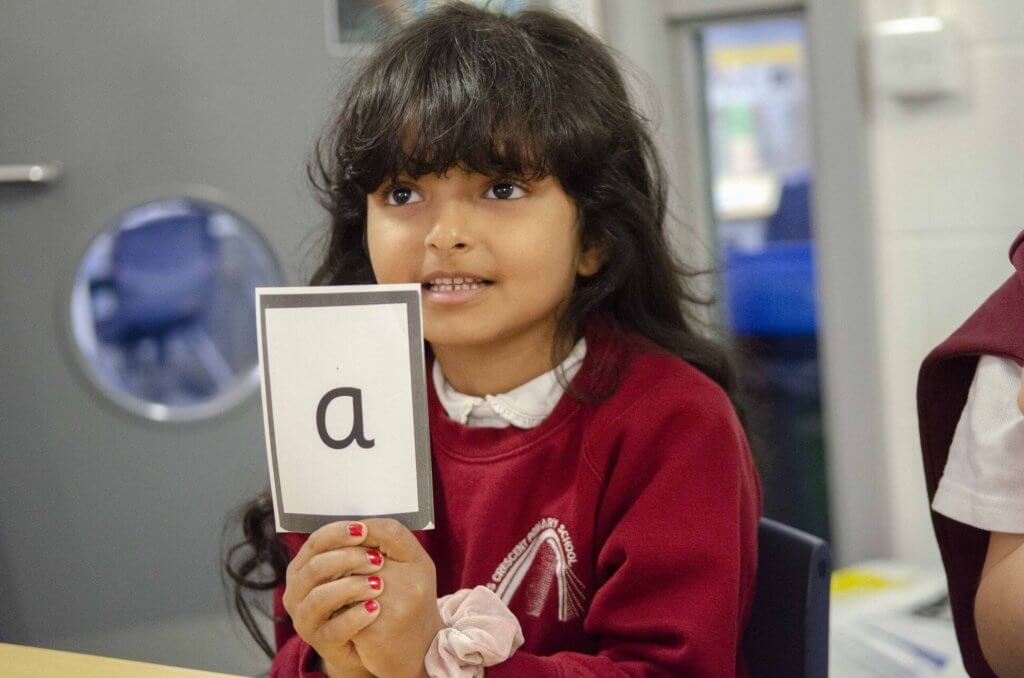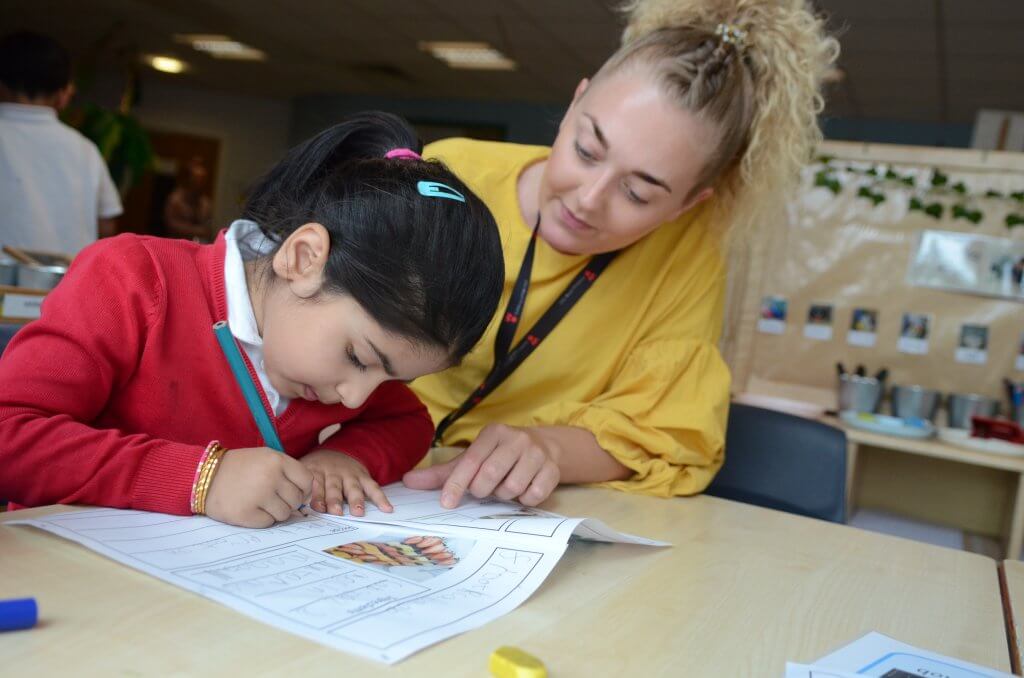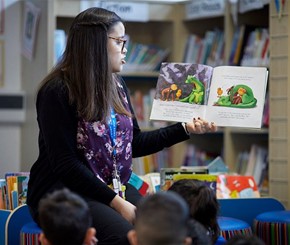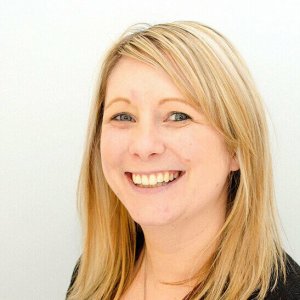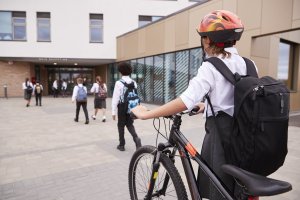This is the second part of a blog on Effective Curriculum progression. The first part of the blog can be found here.
In Effective Curriculum Progression Part One, we explored the importance of finding out what children already know and what children will be learning as they progress through the curriculum. I also discussed the work of Tim Oates and his four different curriculums: intended, enacted, assessed and learned. In this blog, we will explore how we can try to reduce the gap between the intended curriculum and the learned curriculum. We will discuss how memory can affect what children will remember being taught and the gaps they may have. We will also explore practical ideas to support the way in which children learn and reduce the amount of blank faces in the classroom when children are asked, “Did you not cover this last year?”
Episodic and Semantic Memory
In her blog, Clare Sealy talks at length about memory and how remembering what we learn involves the episodic and semantic memory.
When we first learn a new concept, we usually remember the content initially using our episodic memory. The episodic memory is the part of our memory that remembers the place, the time and the emotions that occur when we experience something. Our episodic memory draws upon our senses – what we saw, smelt, heard, touched and it also draws upon how we felt (our emotions) – and this is how our it learns. These emotional and sensory cues are triggered when we try and retrieve an episodic memory. Claire explains, “So, children will find it easier to remember something if they are sitting at the same desk in the same class with the same teacher, as this familiar backdrop is part of their memory alongside whatever it is they are learning. Take away these environmental cues and the memory is suddenly hard to find.”
Semantic memory, on the other hand, is the part of our memory that can remember and recall facts, concepts and knowledge without drawing upon a sensory or emotional link. These may have, at one point, been episodic memories, but once they can be recalled without the environmental cues they become part of our semantic memory, or conscious long-term memory. So, when a sea of faces stare at you blankly and you wonder why they do not know something (which, according to the subject progression maps, they should know) it is likely that the change in the learning environment has made the learning harder to recall because the sensory experience and the emotional triggers are unfamiliar. It was taught last year but it hadn`t yet been stored in the children’s semantic memory.
How does this impact curriculum progression?
As we discussed in part one, knowing what children have learnt and will learn can assist in planning opportunities for revisiting what children have learnt and building upon prior knowledge. You can also plan for opportunities to help concepts become stored in the semantic memory.
Giving children the opportunity to revisit and recap learning at the end of a topic or concept is great practice but often the knowledge may still be in their working memory. Offering opportunities to revisit learning later on in the term or in the year can help, especially if the sensory experience and the environment are different. By doing this, over time the episodic memory is consolidated, with its long-term storage thought to then be distributed in different parts of the neocortex. For more information on memory take a look at this.
For example, if revisiting learning when:
- sitting next to somebody else
- learning with the same teacher but doing so outside or in a different learning environment
- applying the learning in a different context
By varying the sensory and environmental experience, approaches such as these will help to move the learning from the episodic memory to the semantic memory.
Let’s take a really simple example. In Maths, children begin to understand how to record information in a graph by using and manipulating concrete objects. This is revisited later on in the year when children are sat next to different children and it is done in a more abstract way. Then the children have a science lesson where findings are recorded on a graph and they also present the information using a programme in computing. The variety of approaches will help to move learning away from the episodic memory to the semantic memory.
Another example might be when children are beginning to learn how to work out the area of a shape. This lesson, once children have had practice within using area, could then be done within a different context such as a problem-solving lesson in History. Children could be given the role of ‘expert in lifeboat safety’ and receive a ticket to embark upon the Titanic. Through drama, children could experience what it was like on the ship. Whilst doing this, children could then be told that there are not enough lifeboats on board the ship and the ship is sinking. Ask the children to work out how many people a lifeboat could hold based on its area and how many would have been needed to ensure everyone who was on the Titanic got to safety.
The above suggestion is not great for initially learning the concept of area in maths because it is episodically rich. In most cases, the children would need to know how to work out the area before pretending to be on the Titanic as the problem- solving activity would then be consumed by the drama activity of pretending to be on the Titanic. Sealy explains, “The danger is, what will grab the children’s attention is the extraneous context and not the maths: The children will only remember the experience.” Whilst I agree with this, we also need to remember that it can be challenging to memorise facts than it is to remember an experience but it is especially difficult when there is no existing neural network for the new ‘stuff’ to plug into or connect with. Therefore, creating an experience to activate existing neural networks before introducing something new will also result in better learning. Neither episodic or semantic memory is better than the other. Children need experiences to ensure they are excited, engaged and connected with learning in the first place, yet it is important to remember that these experiences are also perfect for developing semantic memories to support recall.
Planning for repeated exposure to content and experiences requires collaboration, time and effort. A curriculum that is written to get the best out of how children learn cannot be written in isolation, nor can it be understood overnight. The more opportunities children have to ensure information is stored in their memory so it can be recalled, the more children can then focus on other things. For example, consider a child writing a diary entry about being a passenger on the Titanic. If they were already able to recall correct spelling, grammar and punctuation, then they would not feel cognitive overload when thinking about the features of a diary and ideas for their content.
Another example is looking at learning through play in EYFS, KS1 or beyond. Children are able to practise what they have heard and learnt during an input with a teacher – then well-planned continuous provision can ensure that children have many opportunities to move episodic memories into semantic memory. If children heard the story The Three Little Pigs on the carpet and then had the opportunity to act it out in the role play area; build the houses from the story in the construction area; retell the story in the book area or small world area and rewrite it in the writing area then the opportunities for the story to be remembered for longer are ample! These opportunities for pairing semantic knowledge with episodic memory won`t just happen by chance, with careful curriculum planning we can create stronger pathways in memory for our children.
Why does it matter?
I am passionate about putting all children first, especially children who are disadvantaged. Children born into families of a higher income and higher social class often acquire more of an awareness of the world around them, a better understanding of how life works and, crucially, the language with which to explain it all. As they experience life in numerous ways their episodic memory and semantic memory begin to create many pathways. These pathways provide a solid foundation on which children can build further knowledge, skills and understanding – they have good cultural capital.
On the flip side of this are children who, as Black and William (2018) explain “…are only familiar with the restricted code of their everyday language, may find it difficult to engage with the elaborated code that is required by the learning discourse of the classroom and which those from middle class families experience in their home lives.” In other words, when they start school, this group of children struggle to learn and achieve as well as their peers because they have not developed the requisite vocabulary to access and understand the primary curriculum, nor have they acquired an awareness of the world around them in the same way as more fortunate peers. Their connections for episodic and sematic memories are not as strong at the start as those children who have gained knowledge, skills and vocabulary already. Our children then do not develop a foundation of cultural capital and find it hard to do as well in school because new knowledge and skills have nothing to “stick” to or build upon.
Matt Bromley (2018) explained that ‘The Matthew Effect’ means that disadvantaged pupils get more and more disadvantaged over time because they do not possess the foundational knowledge they need in order to access and understand the school curriculum. “Put simply, the more you know, the easier it is to know more and so the culturally rich will always stay ahead of the impoverished, and the gap between rich and poor will continue to grow as children travel through our education system.”
Therefore, it is important that we, as educationalists, plan our curriculum carefully from as soon as the children start in our school or setting, until they depart (and beyond if you are able to develop transitional links) so that the opportunity to develop cultural capital, foundations for learning and connections within children’s memory are strong. Curriculum progression, when planned as a narrative (see part 1) helps aid connections in learning and build upon episodic and semantic memories.
Like everything though, there are some points to note:
If we give all of our children the same experiences there is a chance the gap can widen further. It may be worth considering if we can provide additional experiences to support our disadvantaged children (with pupil premium etc) to help those who need it most, without it depriving other children when doing so.
When considering the way in which our curriculum and what we teach aids memory, the curriculum must be planned to link key concepts, ideas, skills and attitudes together so that the learning becomes transferable, rather than fixed learning where the memorisation of a list of facts occurs or facts are taught just for passing tests. The questions we ought to be asking at each stage in our curriculum planning should be about how we can build learning so that it is transferable and what knowledge do we want to stay with our children when they leave us and embark on their journey of lifelong learning?
I feel that, even after two blogs, there is still so much to explore with curriculum; especially with how we aid our children’s learning and support their memory. Our first curriculum network meetings for EYFS, KS1 and KS2 took place this half term and they were so well received. These networks will continue throughout the year. Each network will not only explore the complexity of ensuring your curriculum is right for the age group you teach or the subject you lead, but it will also provide practical ideas and resources for the classroom. It will explore the latest research and how to effectively apply it; best practice in assessment and transition between Key Stages. Delegates will also have the opportunity to share good practice and benefit from networking with other staff from different settings.
To find out more or to book a place on our next networks please visit the training section of our website here.
If there is a particular aspect of this blog that you would like me to explore in more detail then please contact me at jo.gray@oneeducation.co.uk.
References
- Previous Blog: Effective Curriculum progression Part One
- Black and William, (2018) Classroom assessment and pedagogy
- Bromley, Matt (2018) https://www.sec-ed.co.uk/best-practice/pupil-premium-closing-the-vocabulary-gap/
- DfE (2014) https://www.gov.uk/government/collections/national-curriculum
- DfE (2017) https://www.gov.uk/government/publications/early-years-foundation-stage-framework–2
- Sealy, Clare, https://primarytimery.com/2017/09/16/memory-not-memories-teaching-for-long-term-learning/
- Oates, Tim (2017) A Cambridge Approach to improving Education
- The University of Queensland, https://qbi.uq.edu.au/brain-basics/memory/where-are-memories-stored
- Willingham, D (2009) https://www.aft.org/sites/default/files/periodicals/WILLINGHAM2.pdf

